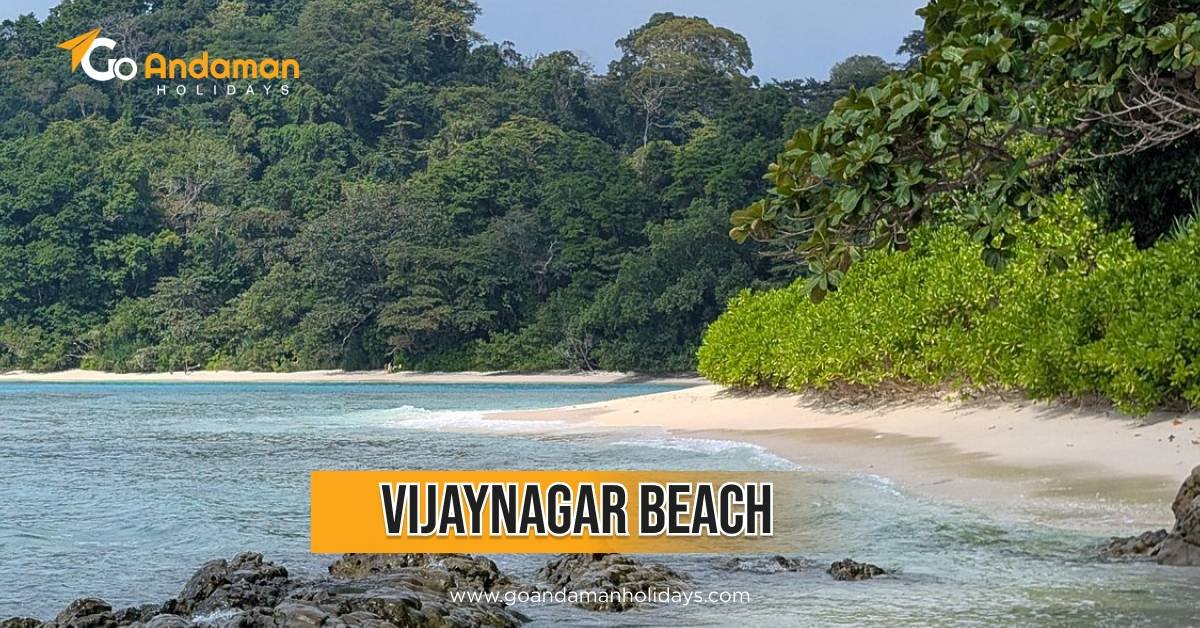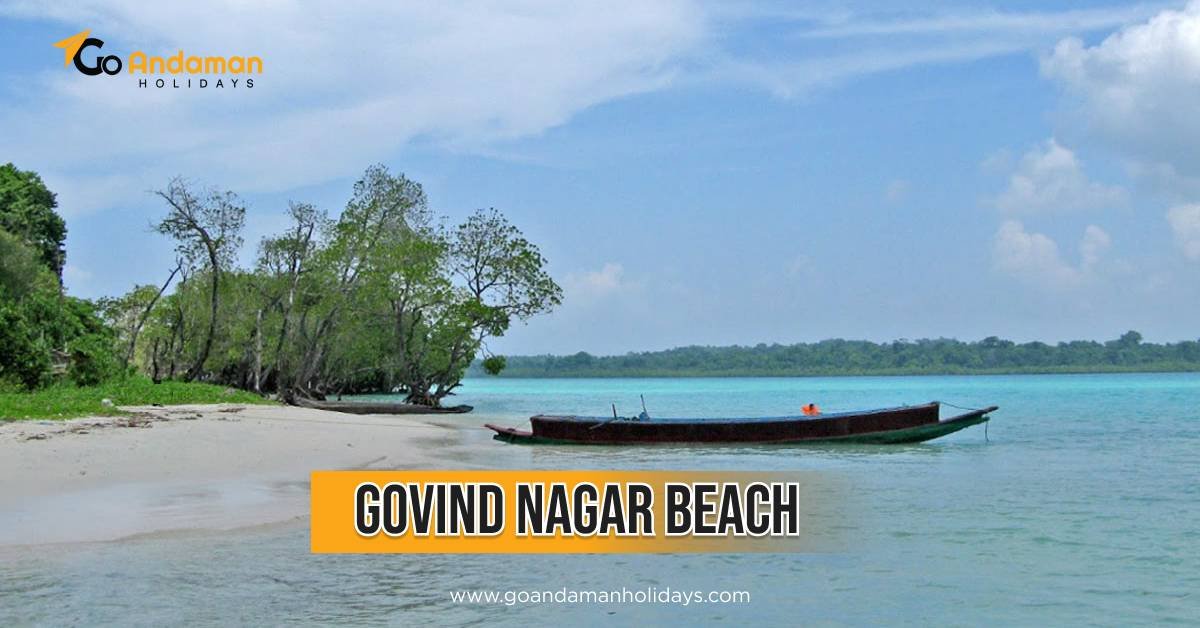
- Go Andaman Holiday
- 16-10-2024
- 0 Comments
From Paddy Fields to Spice Gardens: Exploring Crops Grown in Andaman and Nicobar Islands
In addition to this diverse setting of spectacular landscapes, and rich biodiversity in the Andaman and Nicobar Islands, the Bay of Bengal boasts peculiar agriculture practices prevailing for years.
In this blog, I will take up crops and agricultural techniques used in these islands, thereby observing differences in farming techniques, types of soil, and climatic conditions that add to the richness of that region.
Introduction to Agriculture in Andaman and Nicobar Islands
Agriculture is an important sector in the life of people in the Andaman and Nicobar Islands, as this area supplies food for most of the residents of the islands and acts as a source of income generation. The average annual rainfall in the islands exceeds 3,180 mm coupled with a tropical humid climate means that the islands are well-suited to diversified soil types to grow crops.
Agriculture on these islands has had a relatively short history compared with the rest of India in general. Pre-European settlement, the local population subsisted on hunting and gathering. Agrarian practices became introduced when settlers, starting in about 1857, began clearing their land and establishing farms. Today, agriculture centres mainly on high-value crops suited to the special conditions of the island.
2. Main Crops Grown
2.1 Rice
The staple food in Andaman and Nicobar is rice, which is mainly grown during the Kharif season (June to September). Alluvial soil is available in some areas, and this soil is quite suitable for growing rice. Traditional farming has a parallel modern system to increase productivity.
2.2 Coconuts
Everywhere on the islands, coconut palms are found growing readily in sandy soil in coastal areas. The coconut tree is sometimes referred to as the "Tree of Life" because it has a thousand uses-from food to construction material. As such, about 14,525 hectares were planted for coco, ranking top among the cash crops.
2.3 Betel Nuts
Betel nuts, also known as areca nuts, are another important crop produced extensively on these islands. They are mainly grown in hilly terrains where conditions suit their cultivation. These are not only consumed locally but also find an export market, which boosts local economies.
2.4 Spices
The Andaman and Nicobar Islands hold a rich collection of spices such as turmeric, nutmeg, clove, and cinnamon, which are all grown in highland regions having red loamy soils providing excellent drainage and nutrients. Their demand in both the domestic and global markets is highly in demand.
2.5 Fruits
The favourable weather in this region harbours all types of tropical fruits. Some of the common fruits are:
-
Mangoes: It is famous for their sweetness and variety.
-
Bananas: It grows in abundance, and it is a staple fruit.
-
Papayas: Known for their nutritional benefits
-
Pineapples: Majorly grown in hilly tracts. These fruits are not only locally consumed but also have exportable potential.
3. High-Value Agriculture
High-value agriculture is one of the most important activities that enhance the income of farmers, besides giving a boost to sustainable activities. Medicinal plants and floriculture have become more common nowadays because of their high demand in the market.
3.1 Medicinal Plants
The islands are abode to a rich variety of medicinal plants whose uses in traditional form were observed among the indigenous communities. The government now runs programs to grow these resources commercially and make use of their medicinal potential.
3.2 Floriculture
To this one would add the growing of orchids, which, because of the natural conditions created by the islands' humid climate, becomes a promising business venture: an exotic flowers-of-all-kinds business destined for export. That constitutes another dimension of the agricultural economy.
4. Types of Soils and Their Impacts on Agriculture
The types of soil in the Andaman and Nicobar Islands vary significantly and heavily influence agricultural practices:
-
Alluvial Soil: Originates from riverbanks. Rice culture is preferably conducted in this soil.
-
Red Loam Soil: Supports growing spice, fruits, etc
-
Laterite Soil: This soil is primarily cultivated with coconut and betel nuts.
Understanding these soil types allows the farmers to appropriately choose crops that can survive in those conditions.
5. The Crisis of the Farmer
Due to its significant agricultural potential, agriculture in the Andaman and Nicobar Islands continues to present several challenges.
5.1 Marginal Arable Land
The area available for agriculture is merely 50,000 hectares and includes only a bare 6 percent of the total geographical area. Thus the agricultural community feels considerable pressure to "find more use" out of limited land.
5.2 Climate Vulnerability
The islands are prone to tropical storms and erratic weather patterns; thus agricultural work is mostly disrupted, which consequently interferes with crop yields.
5.3 Soil Degradation
Intensive farming activities would lead to soil degradation naturally within generations, thus reducing its fertility and productivity. Measures for sustainable agriculture would eventually tame this problem.
6. Sustainable Farming Practices
To combat these threats, farmers nowadays have adopted the following sustainable farming practices:
-
Crop Rotation: Rotates various crops to keep the soil healthy.
-
Organic Farming: Aims at a minimum usage of fertilizers and pesticides.
-
Water Conservation Techniques: Builds rainwater harvesting structures so that it does not rain on any day, and still the irrigation is satisfactory.
Frequently Asked Questions (FAQs)
1. What are the main crops cultivated in the Andaman and Nicobar Islands?
Major crops in the Philippines include rice, coconuts, betel nuts, various spices including turmeric, nutmeg, and clove, and tropical fruits like mangoes, bananas, and pineapples.
2. How does climate influence agriculture in the Andaman and Nicobar Islands?
It has a tropical humid climate where rainfall is high and the temperatures warm. That is ideal for a wide variety of crops. However, it makes agriculture vulnerable to unpredictable weather patterns and tropical storms.
3. What sustainable farming practices are on?
Crop rotation, organic farming, and methods for water conservation, like rainwater harvesting, ensure good health of soil to produce more yields with less environmental harm.
7. Conclusion
This is a place of natural beauty coupled with agricultural diversification. Be it from rice paddies to spice gardens, crops here speak of the rich cultural inheritance and innovative spirit of the people inhabiting this territory. Understanding the complexity of agriculture in this region will be crucial to promoting sustainable practices that benefit the farmers and the environment.
Touring these islands' agricultural landscapes has much more than what meets the eye—every crop tells a story of how resilient it is and has adapted in one of the most beautiful areas of India for growth. The purpose of this blog is to give an overview of these, with greater emphasis on why sustainable agriculture suited to conditions there is important in Andaman and Nicobar Islands.
YOU MAY LIKE ALSO:-
Traditional and Modern Occupations in Andaman and Nicobar
Must-Visit Waterfalls in Andaman for Nature Lovers
A Guide to Booking 5-Star Hotels in the Andaman Islands




